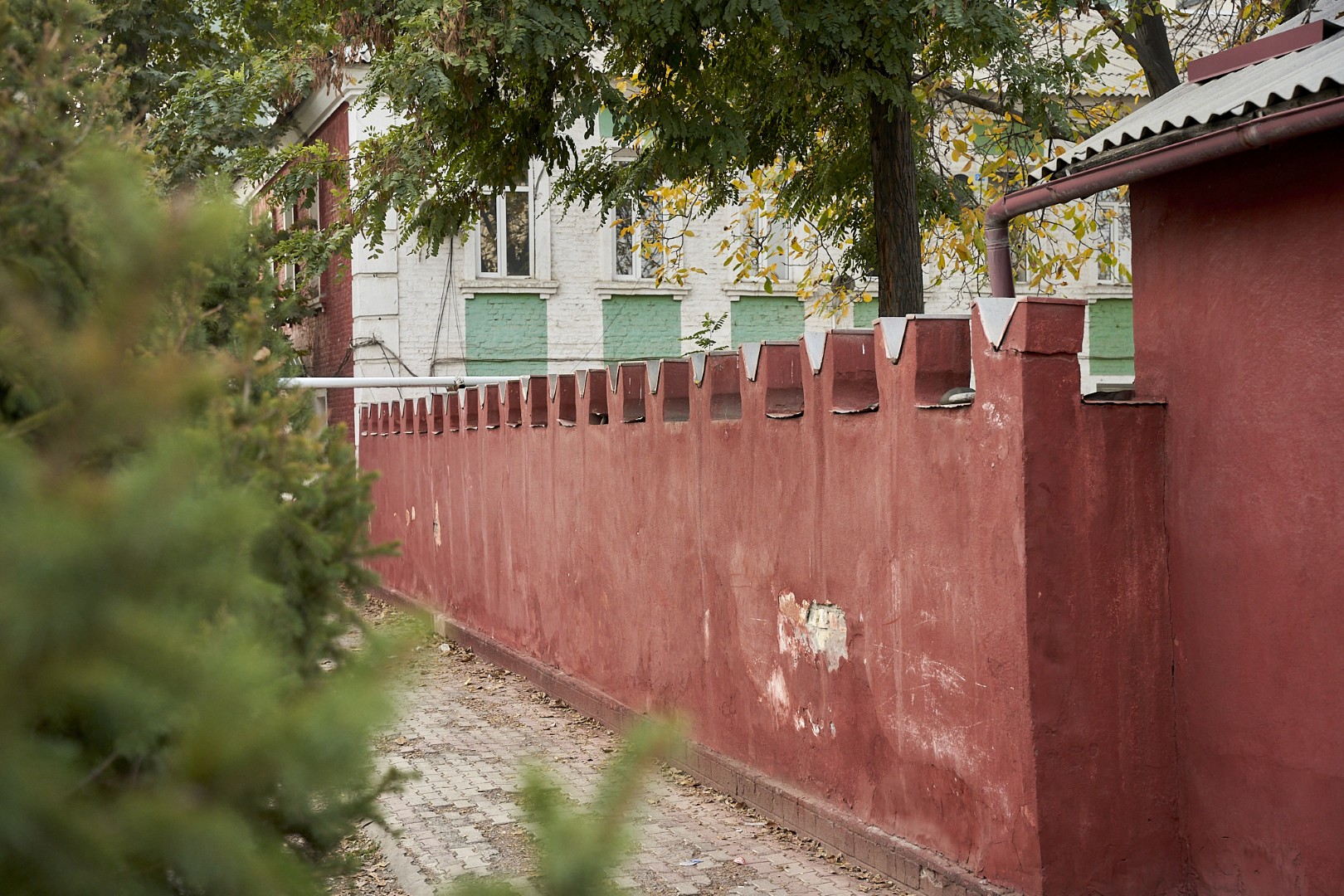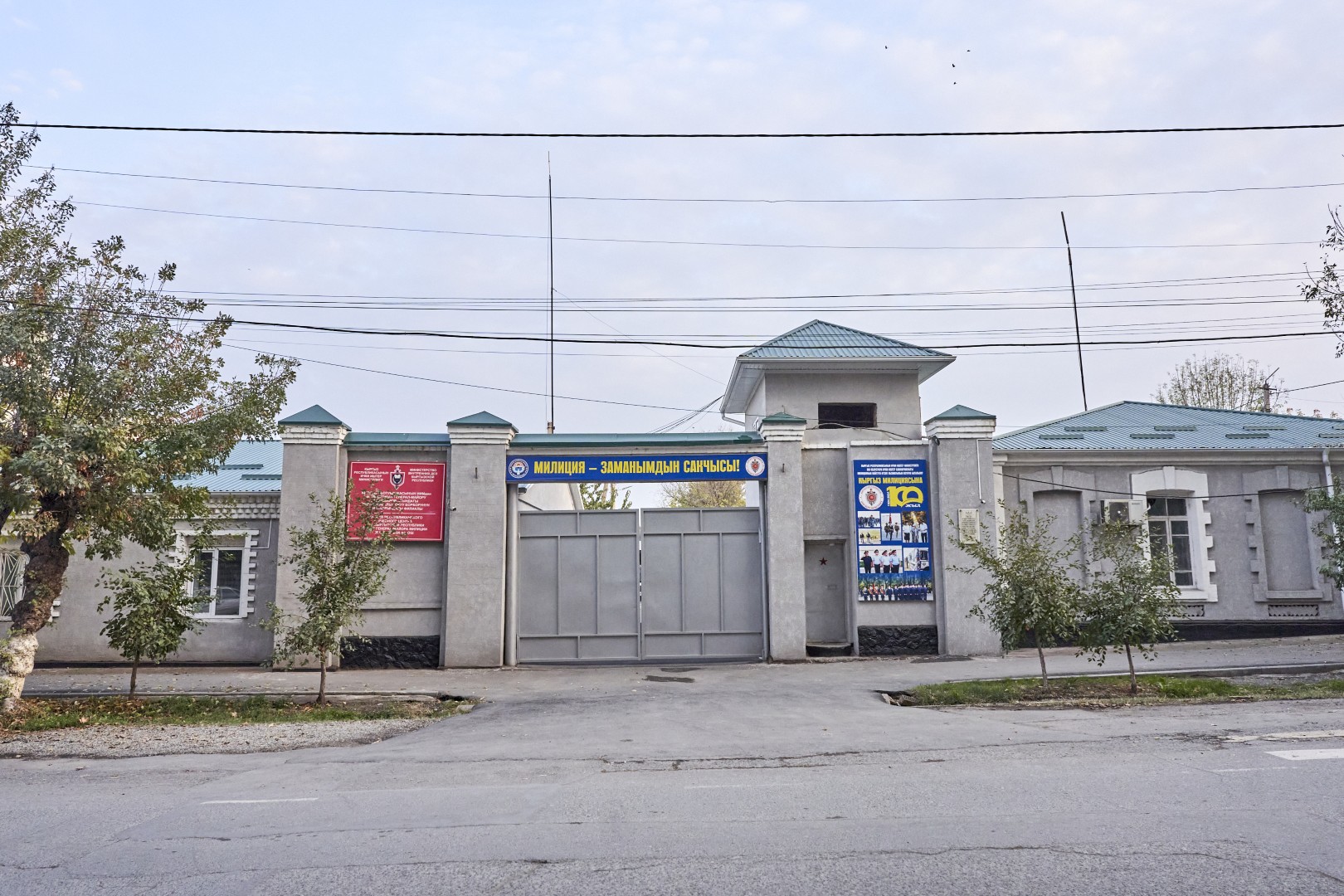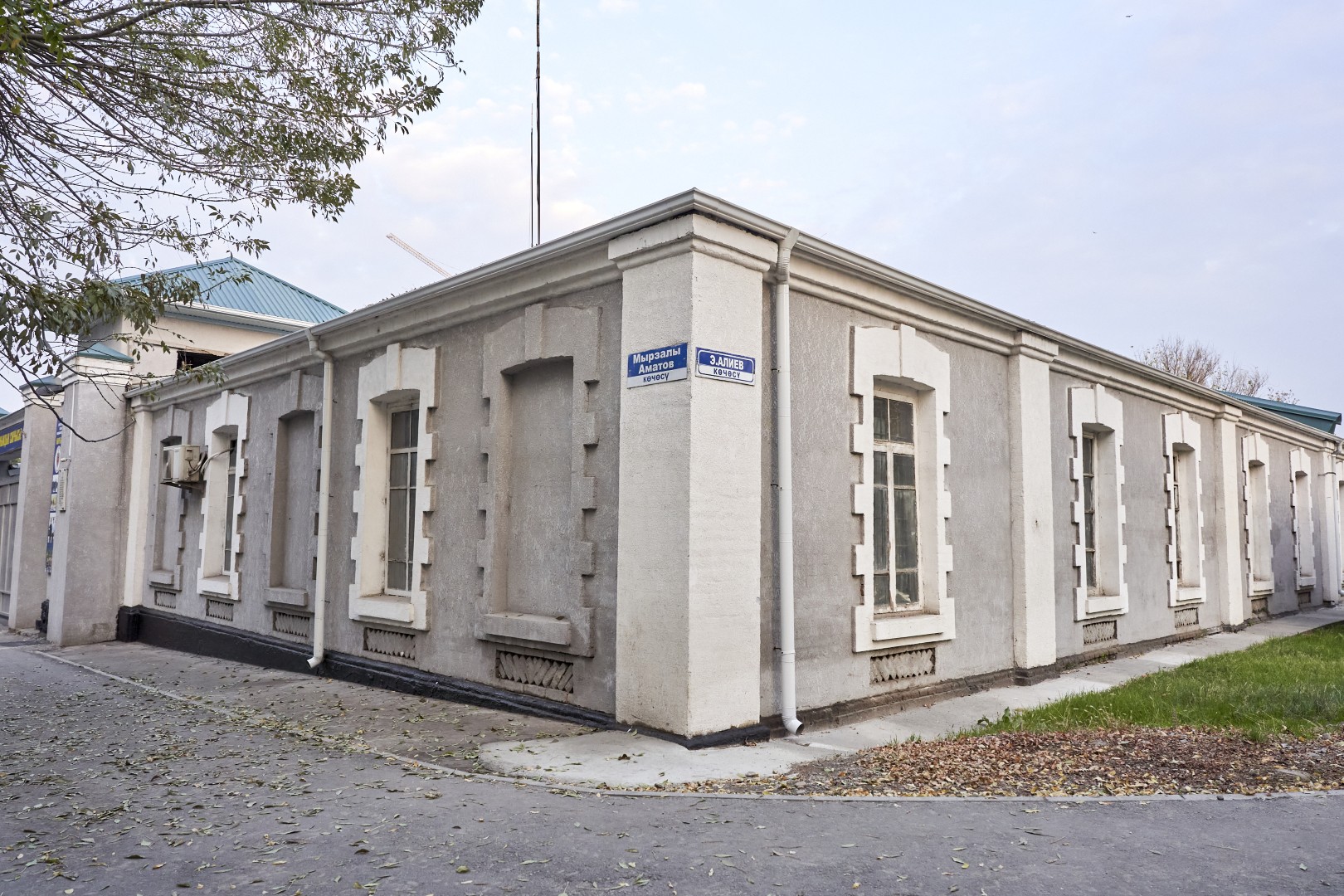
Osh Fortress
The Osh fortress was built in 1919 on the site of the former Tsarist Russian military barracks, located in the very center of the “new city” at the intersection of Kurmanjan Datka and Lomonosov streets.
The territory of the barracks was surrounded by cob walls up to 3.5 metres high and 1.5 metres thick. There were embrasures in the wall spaced two metres apart, and three machine-gun platforms adjacent to the fortress. Outside, the walls were protected by several rows of barbed wire.
The history of the fortress is associated with a series of political troubles that embroiled Osh from 1918 to 1920, after the collapse of the Russian Empire and during the establishment of Soviet power.
One of the most famous sieges of the fortress took place on September 1st, 1919, when the combined troops of Konstantin Monstrov, leader of the Peasant Army of the Fergana Valley, and of Madaminbek, one of the leaders of the anti-Soviet Basmachi movement, captured Osh. In order to break the will of the fortress defenders and cause panic among the population, units of the Peasant Army flooded the fortress and adjoining quarters with water, causing canals throughout the city to overflow.
Soviet forces gained control of the city on September 26th. The remnants of the armies of Monstrov and Madaminbek set up a Provisional Fergana Government in the mountains, and tried to secure support from European states. Their attempts failed, and on January 17th, 1920, Monstrov surrendered to the Soviet authorities in Jalalabad. In March of the same year, Madaminbek surrendered.
Mikhail Frunze, for whom the Kyrgyz capital was named from 1926 to 1991, was in Osh twice as commander of the Turkestan Front of the young Soviet Republic. On April 22nd, 1920, he spoke at a rally of 10,000 townspeople, and the next month, during a meeting of county and city activists, he delivered a fiery speech to the soldiers of the Osh garrison. In memory of this event, a commemorative plate was installed in the garrison.

Other Experiences
-
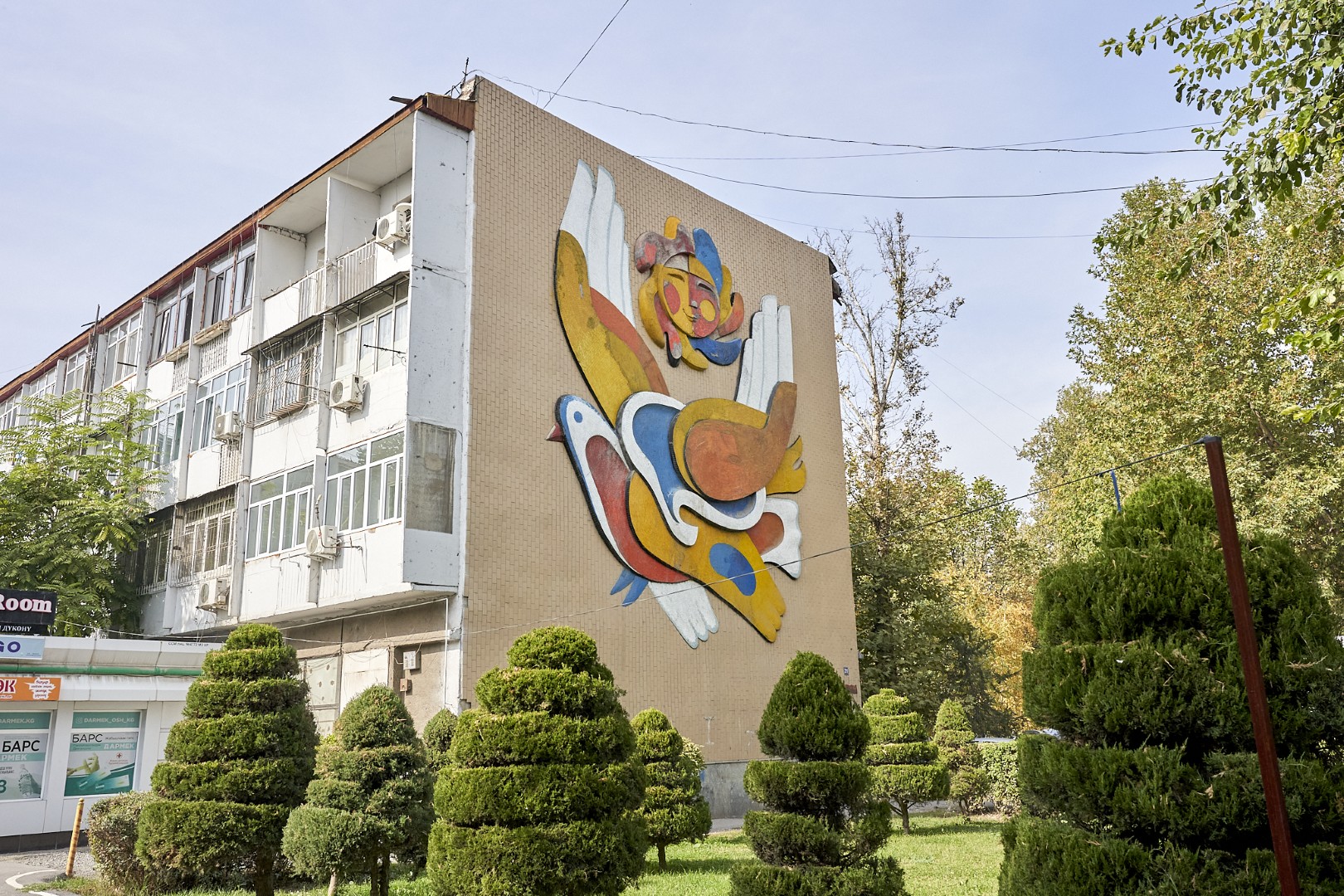
Mosaics as symbols of the era
Monumental mosaics, still preserved on some buildings in Osh, are an instantly-recognizable hallmark of the Soviet period in the history of the city. The first…
-

Bridges and Ak-Buura
Osh is a city of countless small bridges. Walking around the city, we often do not notice that we are crossing them, and that below…
-
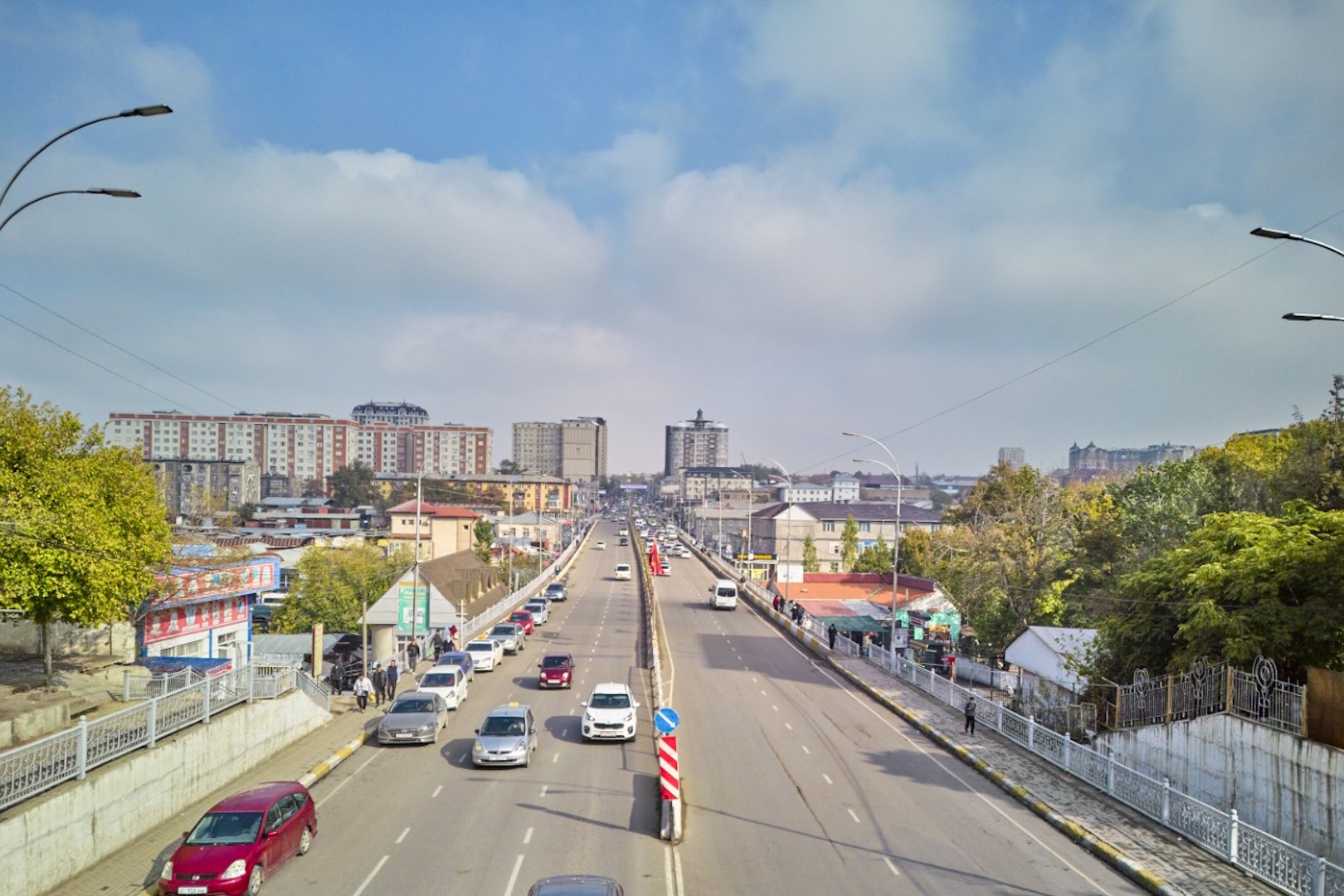
The road to the Pamirs starts in Osh!
The Pamir Highway begins in Osh! The Pamir Highway, one of the highest mountain routes in the world, is an extraordinary landmark and starts right…
-
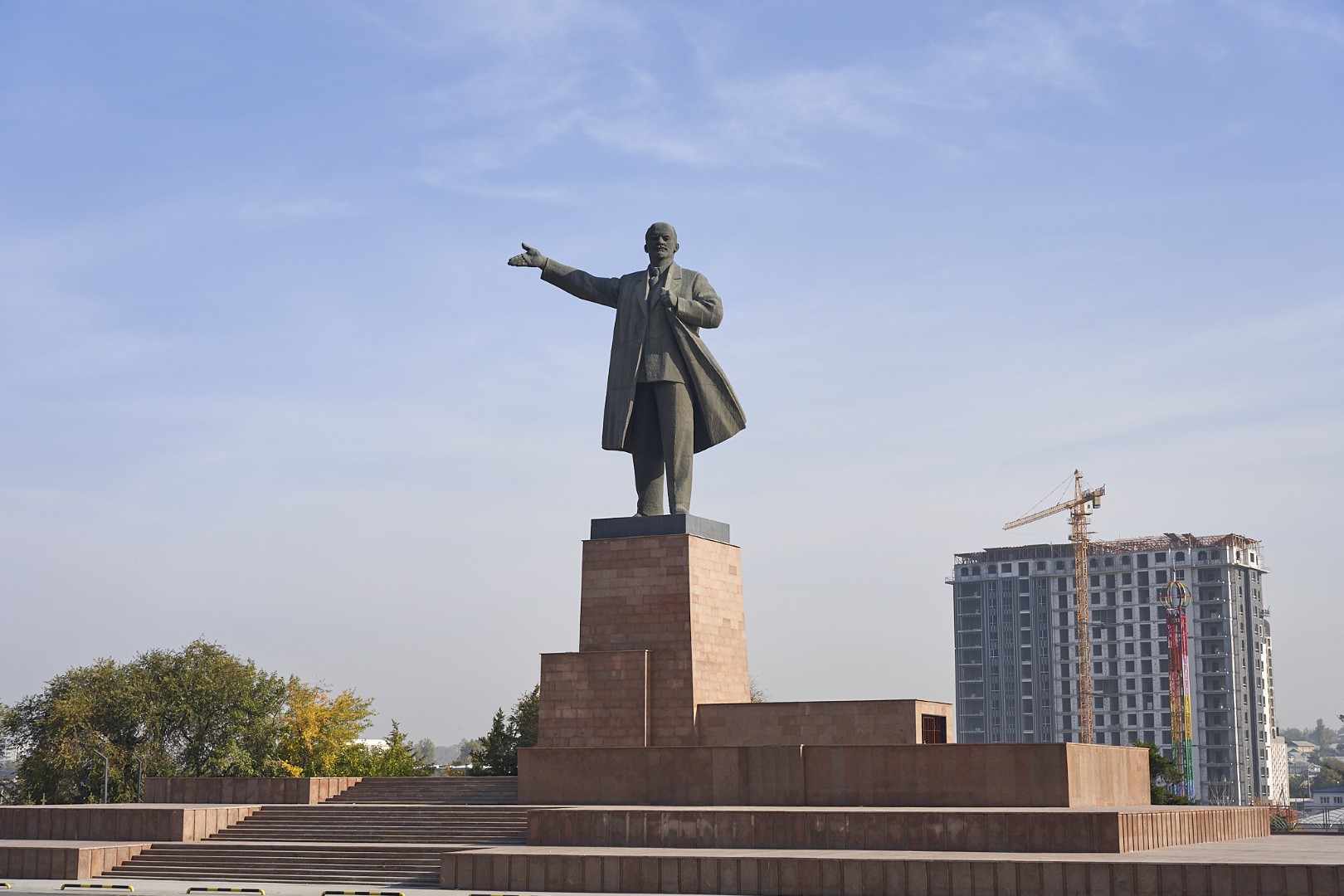
Monuments as symbols of changing eras
An imposing monument to Communist leader Vladimir Lenin, erected in May 1985, still stands in Osh’s central square. The statue itself is 11 metres high…
Other Locations
-

National Drama Theatre
The Osh National Drama Theatre named after Sultan Ibraimov is one of the largest and most famous theatres in Kyrgyzstan. The theatre company was established…
-
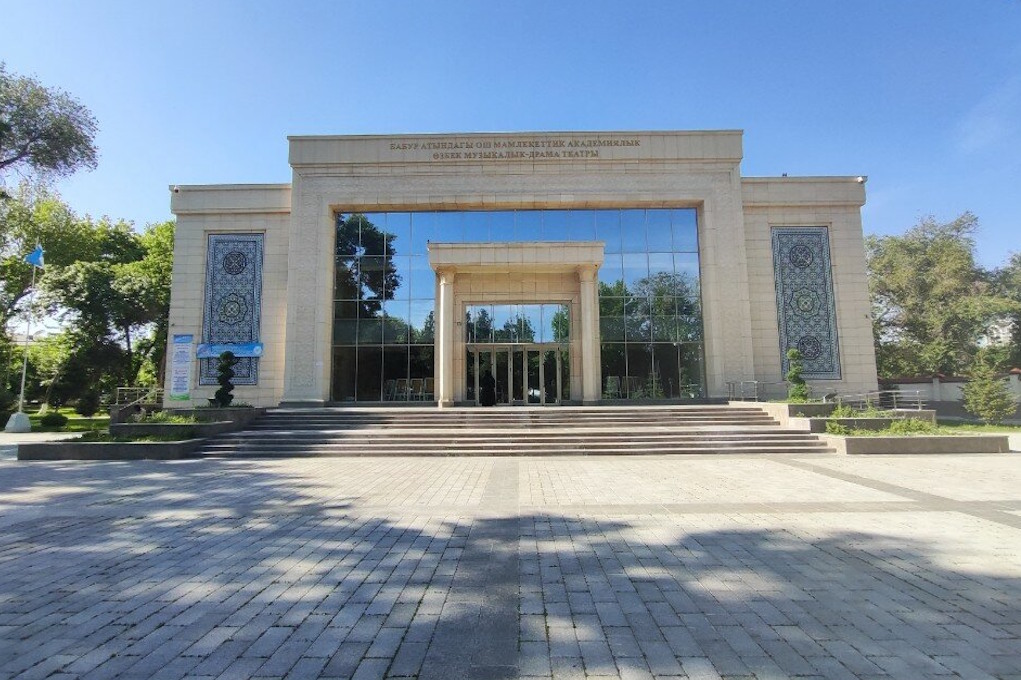
The very first theatre in Kyrgyzstan!
Osh’s theatrical history began in 1877, when local amateur theatres staged the play “Judgment of Men, Not of God” and the vaudeville production “Scandal in…
-

Monuments as symbols of changing eras
An imposing monument to Communist leader Vladimir Lenin, erected in May 1985, still stands in Osh’s central square. The statue itself is 11 metres high…
-
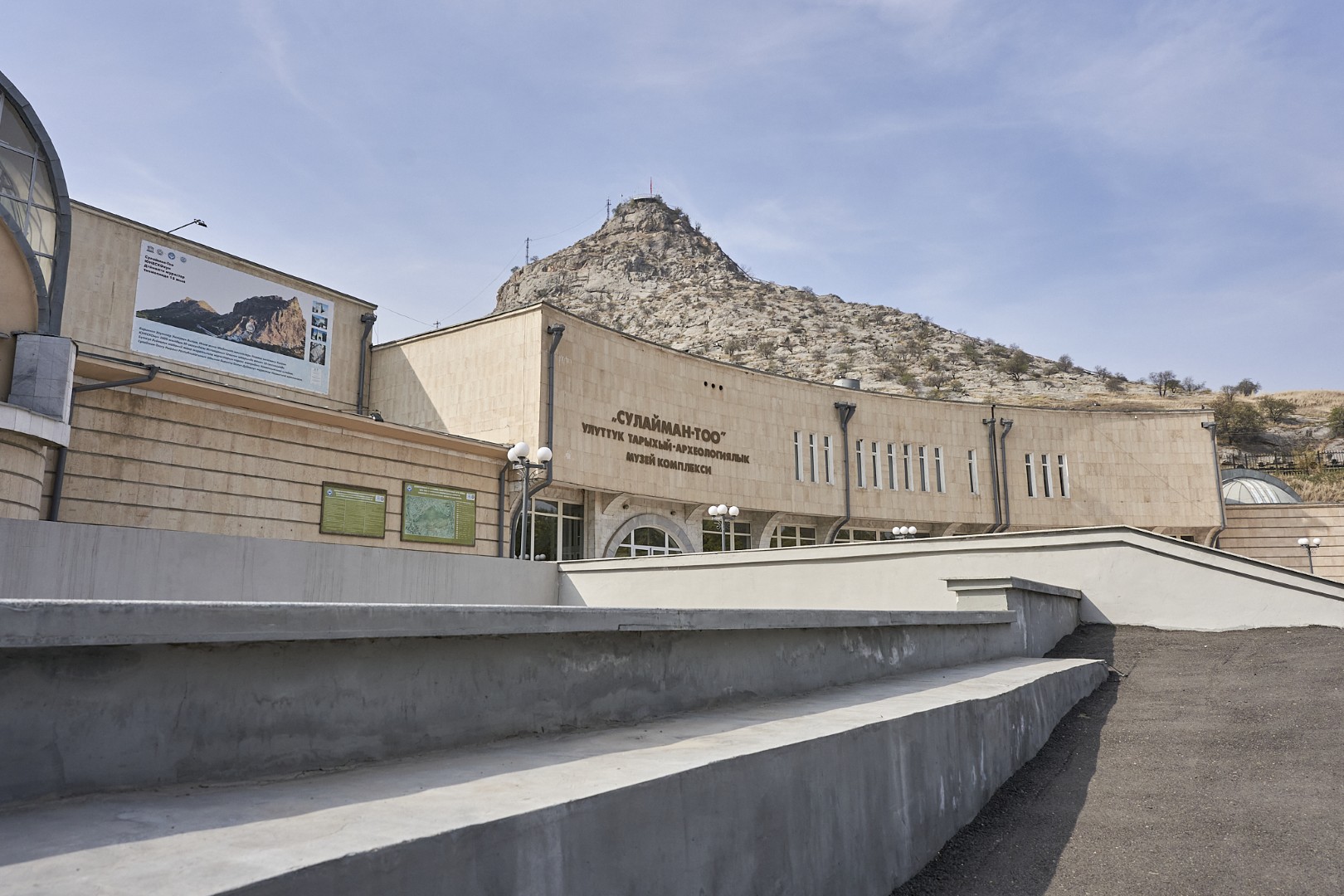
“Zero Milestone”: At the foot of Suleiman Mountain
The square at the foot of Suleiman Mountain’s north face has not always been the open and lively place it is today. Until the 1970s,…
